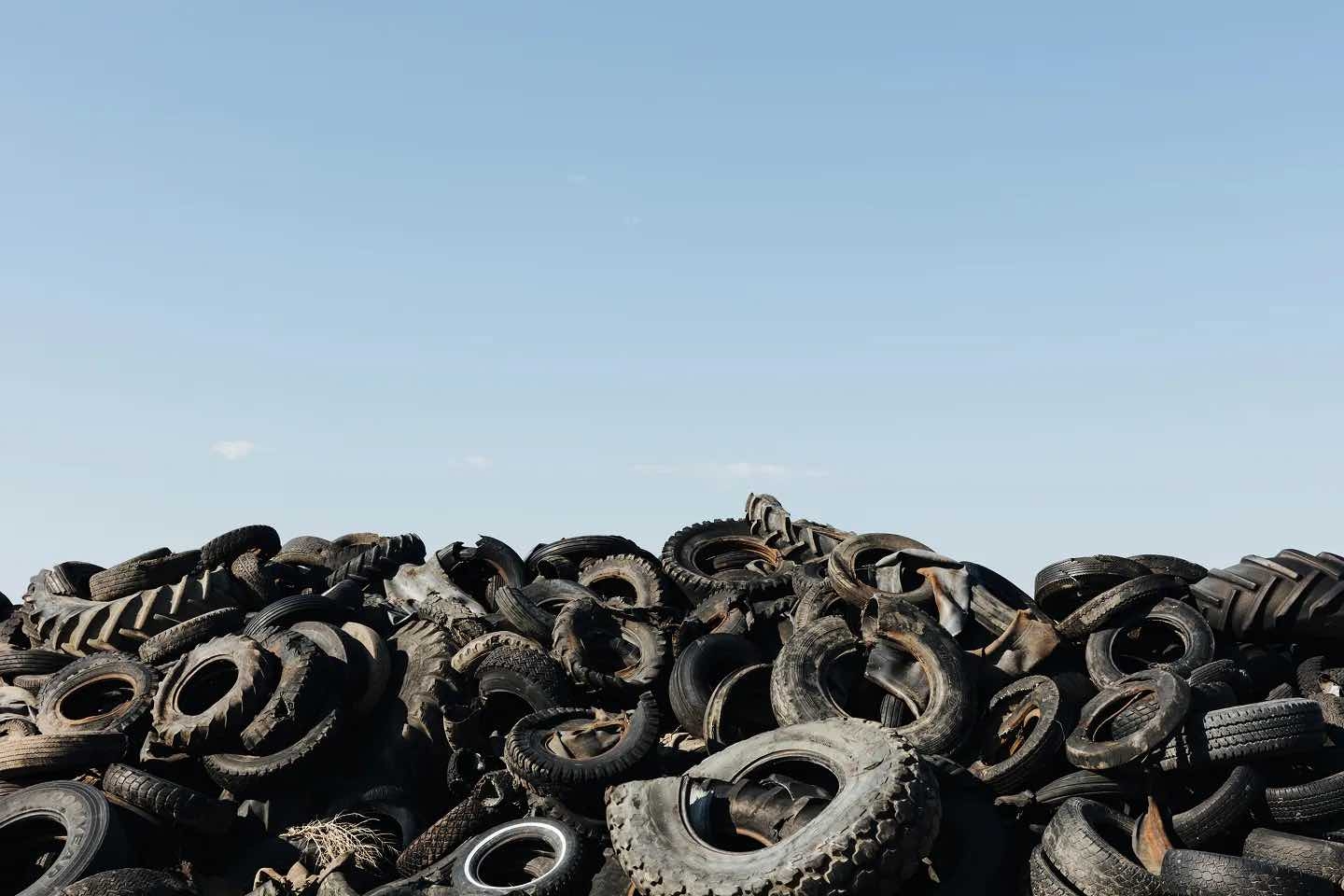Plastic & Tire Depolymerization
Low‑temperature depolymerization of plastics and tires into syngas, diesel (D2), and valuable byproducts with zero chemicals.
Plastics & tires to clean fuels
Low-heat depolymerization breaks down mixed plastics and tires into clean-burning gas and liquid fuels, with captured emissions and recovered steel/carbon. Waste becomes energy and valuable feedstocks.
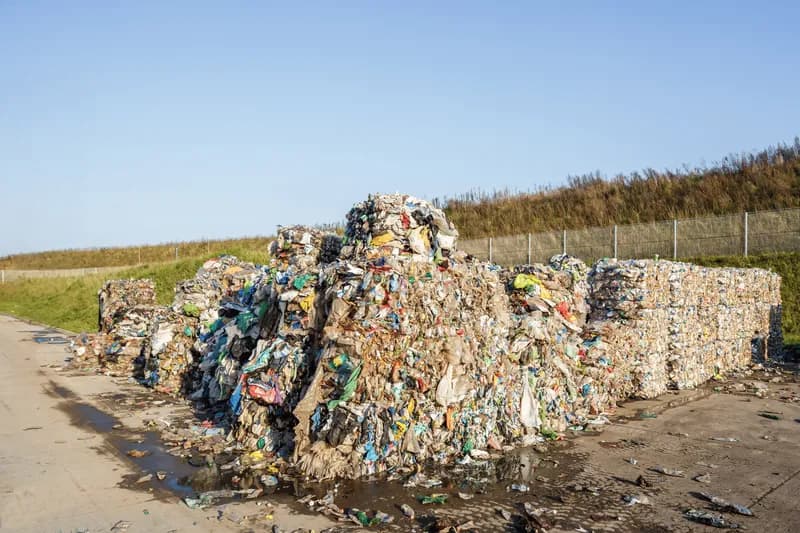
Circular Plastic Economy
To eliminate plastic pollution, generate renewable energy, and create new commodity markets from waste.
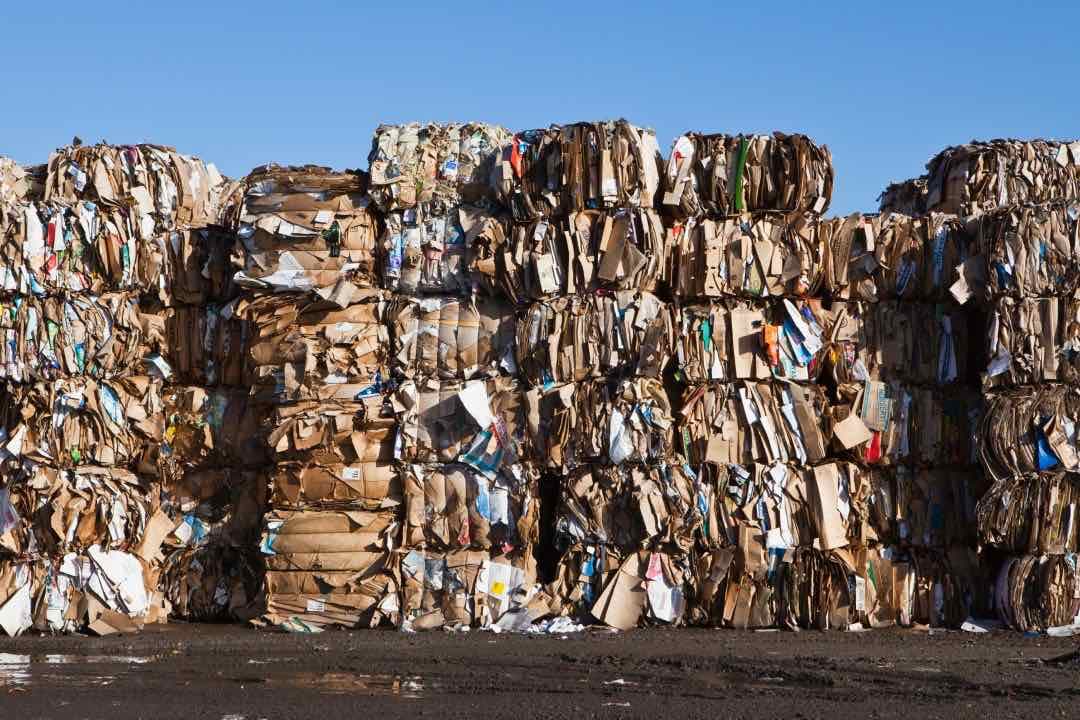
Resource Recovery
Turn waste into diesel, steel, and carbon black streams.
Zero Pollution
No chemicals, full compliance with EU emission standards.
Economic Value
Enhanced ROI via energy sales, credits, and material byproducts.
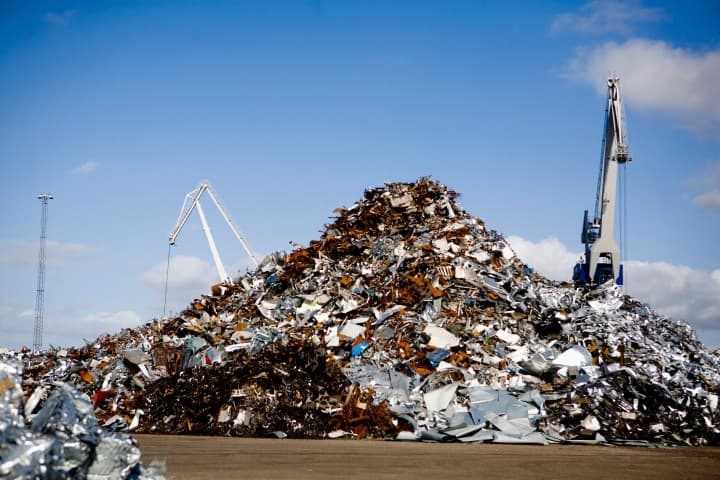


Core Technology
Depolymerization
Oxygen‑free breakdown at 105–265 °C yielding high‑methane syngas.
Syngas Power Generation
Purified syngas (85–90% CH₄, ~10% H₂) is fed into gas turbines or generators to produce on‑site electricity for plant operation and mobile data centers.
Chemical‑Free Recycling
A fully mechanical/thermal process that uses heat exchangers to condense vapors—achieving 100% conversion of tires and plastics without additives or emissions beyond strict EU limits.
Continuous 24/7 Operation
Modular skid‑mounted process runs non‑stop (365 days/yr) with automated control, enabling consistent throughput and reliable energy output for mining or grid services.
EU‑Compliant Emission Control
Emission Control Engineered to meet all European Union directives for air, soil, and water—each ton of recycled tire binds 10 tons of CO₂, ensuring environmental safety and regulatory compliance.
Byproduct Recovery & Valorization
Captures and separates crude oil (45–50%), steel wire (12%), carbon black (28–35%), and gas (8–10%)—creating multiple revenue streams from waste materials.
Other Projects

Unlocking value from flared gas
Capture gas that would be burned off and convert it to clean, dispatchable power on site. Our modular gensets and controls cut methane, lower emissions, and document avoidance so you can earn verified carbon credits.
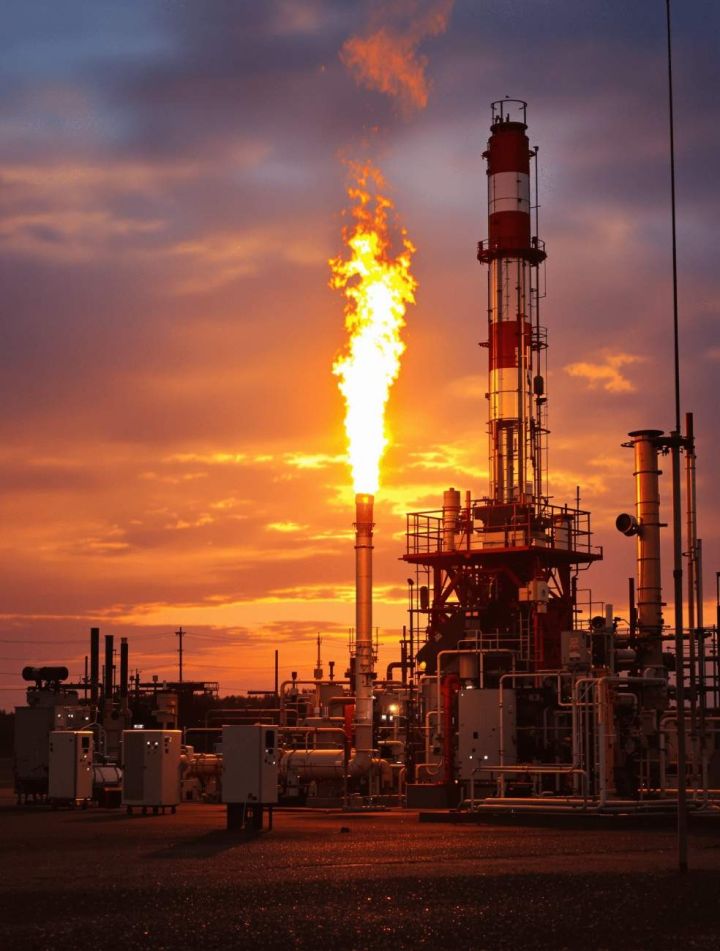
Turning methane waste into power
Compact digestion and reforming modules go to the waste stream—organics and sludge to biogas, syngas to electricity. Residuals become usable byproducts, and optional mobile mining racks monetize any surplus energy.
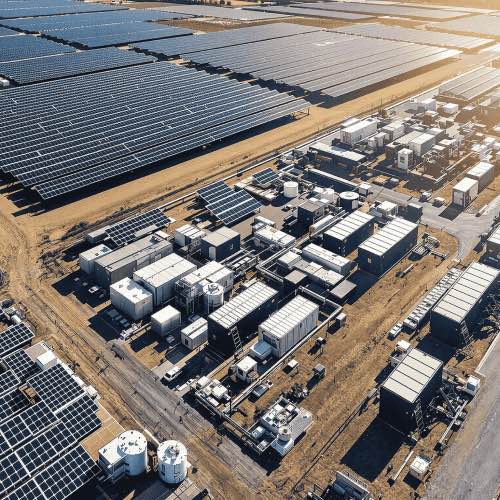
Solar-powered, grid-friendly mining
Pair 1–10 MW solar with water-cooled miners and optional battery packs. Run daytime only or add storage for 24/7 uptime. Curtailment turns into revenue while you cut costs and shrink your carbon footprint.

Desalination with waste-heat recovery
Use miner waste heat to drive low-temperature distillation or pre-heat RO, slashing energy per liter. Produce fresh water at remote sites while hashing, and repurpose excess heat for space/process needs.
